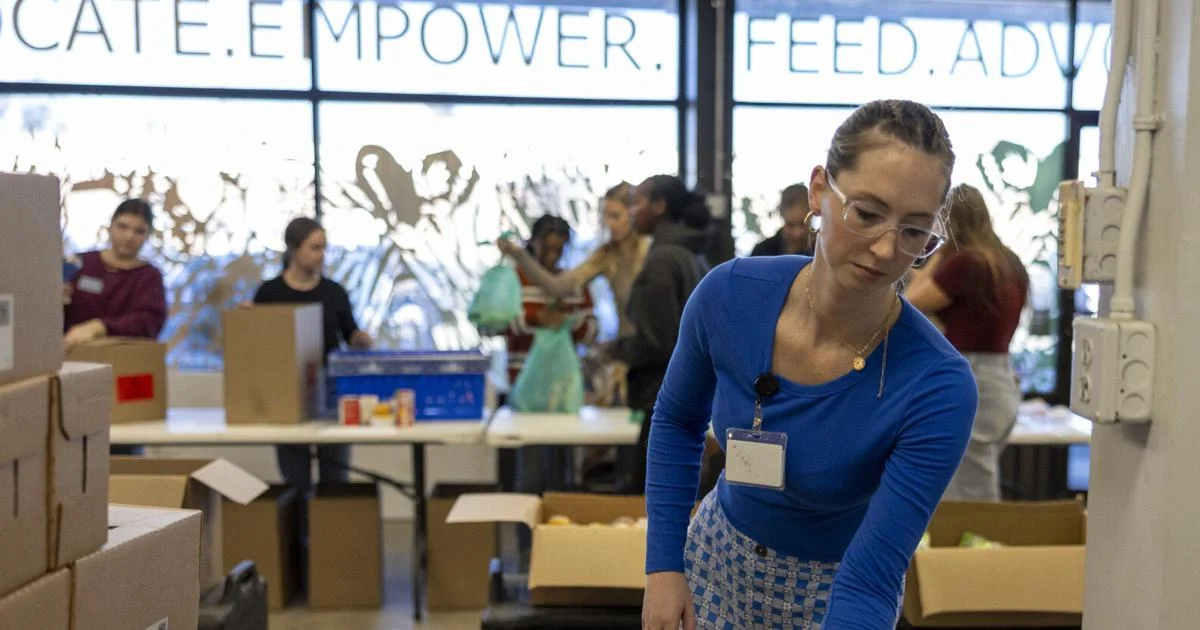Copyright derryjournal

And did you know that there’s a close relative of Sweet Pea that unlike its annual cousin returns bigger and bolder year after year? The Everlasting Pea (Lathyrus latifolius) looks and behaves very similar to Sweet Pea. The two peas will produce tendrils that climb up to eight feet tall if given proper support, with both putting on copious amounts of flowers on long stems, providing height and colour in a garden. They are also both easy to grow from seed and quite cold tolerant. Unlike crops peas, neither is edible as both are toxic if ingested, but both fix nitrogen so are good for soil and other plants. But there are some key differences as well. The Everlasting Pea is unscented, has narrower leaves and comes in a smaller range of colours with blooms in shades of pink, purple and white. Sweet Pea can flower from spring whereas Everlasting Pea typically flowers in summer. And the most important thing to note is that while Sweet Pea is very well behaved, Everlasting Pea can spread through underground rhizomes which means you might see it popping up in the soil all over the place and taking over. It is even classed as invasive in some parts of the world, and so you may prefer to contain it in pots as I am doing. When it comes to sowing any peas, you’ll notice that the seeds are like hard little balls. Although it’s not necessary, to help aid swifter germination it’s a good idea to soak them first for at least a few hours before sowing into good quality compost. Sow the peas in deep little pots (some people use toilet roll cardboard but I find these go mouldy) and within a few days to a week you should see the first shoots. The reason people use deeper pots is because pea roots go down quite deep and develop rapidly. They usually germinate at around 15 degrees Celsius and mine’s germinated fine in the kitchen by the back door. As they grow upright, you can sow multiple seeds in the same pot at a depth of 1 to 2 centimetres and just cover them over with a little compost, press down and water. Once you see seedlings emerge in autumn its important to get them somewhere cool straight away like an unheated glass or plastic greenhouse so they are protected from wind and rain and get plenty of light. Indoors they’ll becoming too leggy and die off. The colder winter months will slow down their growth and give them time to develop strong roots. Then from late March on you can start to bring them outside over a week during the day to acclimatise before transplanting into bigger pots or in the ground against a fence or building with a bit of netting for support to help the young vines climb. They can tolerate a bit of cold and even a light frost. Then you just sit back and watch them reach for the sky.



